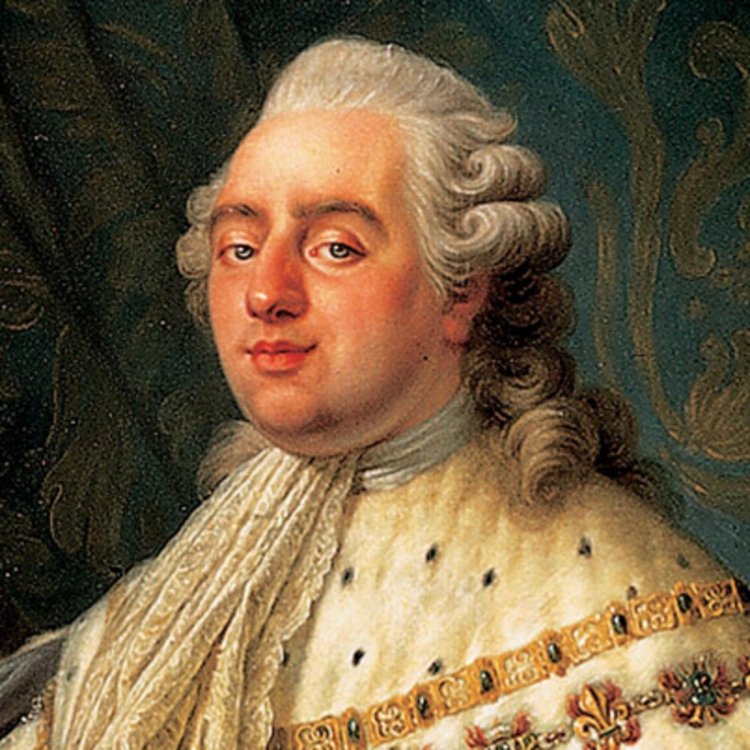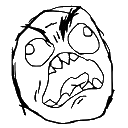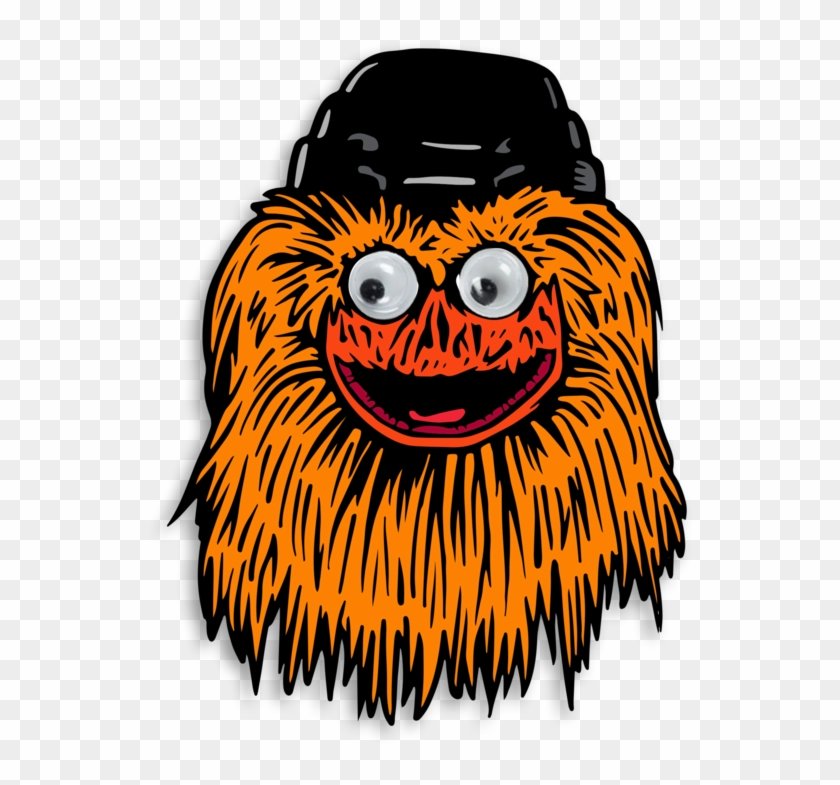It’s been a while, but I worked in a few real paint stores during college. Back then, if someone asked for a Pantone color or anything else, we usually didn’t have formulas for those in most paints. We’d have to dig out the Pantone or whatever deck and match it anyway. We mostly only had formulas for our company’s colors and sometimes those were iffy in certain kinds of paint.
The few related things that I remember:
1. Just because it looks burnt orange on your screen doesn’t mean it will look burnt orange on your bench. Try to at least look at the color deck.
2. It never really looks like the card either. There are too many variables (sheen, lighting, etc.). It’ll be good enough for outdoor furniture, but probably not good enough for half of this board.
3. If we had to match, we’d never match in a quart. A gallon was the minimum for a match. If someone wanted less than a gallon, they’d have to find something close that was in our deck.
4. Good matches took time. The computer scanners took a beating and were pretty inconsistent, especially for colors with as much colorant as burnt orange would take. You also wouldn’t be a priority, since the overwhelming majority of the business would be professional painters. Give it most of a day or so and you’ll get a better match. Matching well is a skill beyond just running the machines. It’s not highly skilled work by any means, but it takes some practice and knowledge to do it well.
Things may have changed since I worked in a paint store, but I bet the same crusty salesmen are working there, so it probably hasn’t changed that much.






